Digimon (Japanese: デジモン, Hepburn: Dejimon, branded as Digimon: Digital Monsters, stylized as DIGIMON), short for "Digital Monsters" (デジタルモンスター Dejitaru Monsutā), is a Japanese media franchise, which encompasses virtual pet toys, anime, manga, video games, films, and a trading card game. The franchise focuses on the eponymous creatures that inhabit a "Digital World", which is a parallel universe that originated from Earth's various communication networks.
The franchise was created in 1997 as a series of digital pets, and it was intended as the masculine counterpart to Tamagotchi. The creatures were first designed to look cute and iconic even on the devices' small screens. Later developments had them created with a harder-edged style, which was influenced by American comics. The franchise gained momentum with an early video game, Digimon World, originally released in Japan in January 1999. Several anime series and films have been released; the video game series has expanded into genres, such as role-playing, racing, fighting, and MMORPGs.
Digimon Adventure (1999 TV series)
Digimon Adventure (Japanese: デジモンアドベンチャー, Hepburn: Dejimon Adobenchā), also known as Digimon: Digital Monsters Season 1 in English-speaking territories, is a 1999 Japanese anime television series produced by Toei Animation in cooperation with WiZ, Bandai and Fuji Television. It is the first anime series in the Digimon media franchise, based on the Digital Monster virtual pet released in 1997.
Digimon Adventure began production 1.5 months after the film of the same name was being produced, and it began broadcast in Japan a day after the film's theatrical release on March 7, 1999, airing until its conclusion on March 26, 2000. It was then followed up with the 2000 film Digimon Adventure: Our War Game!. Both films were adapted and released in North America as Digimon: The Movie on October 6, 2000.
With the success of Digimon Adventure, a sequel television series, Digimon Adventure 02, was broadcast from 2000 to 2001. For the series' 15th anniversary, a six-part film series titled Digimon Adventure tri. was released between 2015 and 2018, and a final film titled Digimon Adventure: Last Evolution Kizuna was released in 2020. In 2020, the series was reboot and released under the title Digimon Adventure.
Animated series
On March 6, 1999, the franchise was given an anime as the first of the Digimon movies aired in theaters in Japan. On March 7, 1999 they began airing a television counterpart titled Digimon Adventure. 6 further series would follow, but so far not all of them have their own tie-in movies, and the series was dubbed for release in western markets in the fall of the same year. The show spawned card games, with Hyper Colosseum in Japan and later Digi-Battle in America, and more video games. The animated series is easily the best-known segment of the Digimon universe and responsible for the majority of its popularity.
"Digimon" are "Digital Monsters". According to the stories, they are inhabitants of the "Digital World", a manifestation of Earth's communication network. The stories tell of a group of mostly pre-teens, the "Chosen Children" (DigiDestined in the English version), who accompany special Digimon born to defend their world (and ours) from various evil forces. To help them surmount the most difficult obstacles found within both realms, the Digimon have the ability to evolve (Digivolve). In this process, the Digimon change appearance and become much stronger, often changing in personality as well. The group of children who come in contact with the Digital World changes from season to season.
As of 2012, there have been six series — Digimon Adventure, Digimon Adventure 02, Digimon Tamers, Digimon Frontier, Digimon Savers, and Digimon Xros Wars. As is obvious from their titles, the first two seasons take place in the same fictional universe, but the third, fourth, and fifth each occupy their own unique world (in the case of Digimon Tamers, the Adventure universe is referred to as a television and commercial enterprise). In addition, each series has spawned assorted feature films. Digimon still shows popularity, as new card series, video games, and movies are still being produced and released: new card series include Eternal Courage, Hybrid Warriors, Generations, and Operation X; the video game, Digimon Rumble Arena 2; and the previously unreleased movies Revenge of Diaboromon, Runaway Locomon, Battle of Adventurers, and Island of Lost Digimon. In Japan, Digital Monster X-Evolution, the eighth TV movie, was released, and on December 23, 2005 at Jump Festa 2006, the fifth series, Digimon Savers was announced for Japan to begin airing after a three year hiatus of the show.
Digimon is produced by Toei Animation and Bandai of Japan. The first five series were broadcast in Japan by Fuji Television, and Xros Wars by TV Asahi.
Conception and creation
The Digimon franchise began as a series of virtual pets created by WiZ and Bandai, intended as a masculine counterpart to the more female-oriented Tamagotchi pets. It was released in June 1997 with the name Digimon, short for Digital Monster. This device shows to players a virtual pet composed entirely of data and designed to play and fight. In February 1998, the DigiMon fighting game, compatible with Windows 95 and developed by Rapture Technologies, Inc., was announced. The one-shot manga C'mon Digimon, designed by Tenya Yabuno, was published in the Japanese magazine V-Jump by Shueisha in 1997.
Megathreads and spaces to hang out:
reminders:
- 💚 You nerds can join specific comms to see posts about all sorts of topics
- 💙 Hexbear’s algorithm prioritizes comments over upbears
- 💜 Sorting by new you nerd
- 🌈 If you ever want to make your own megathread, you can reserve a spot here nerd
- 🐶 Join the unofficial Hexbear-adjacent Mastodon instance toots.matapacos.dog
Links To Resources (Aid and Theory):
Aid:
Theory:
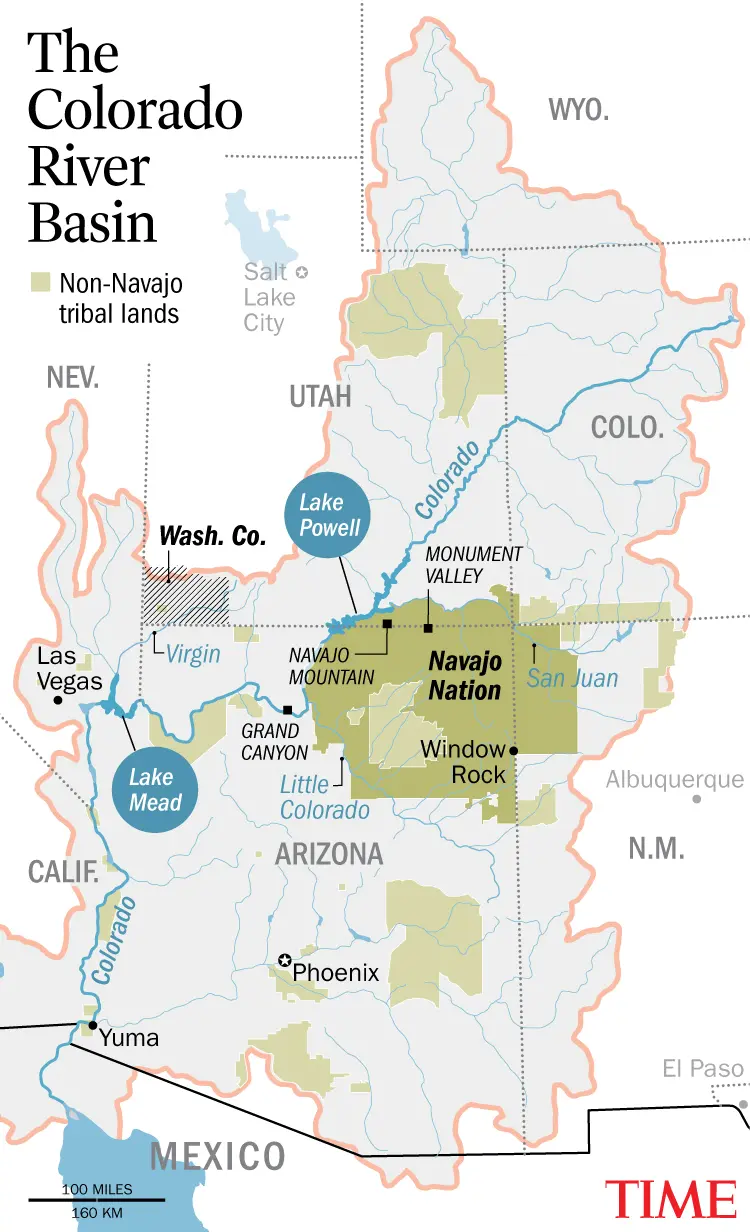


 yey part 3
yey part 3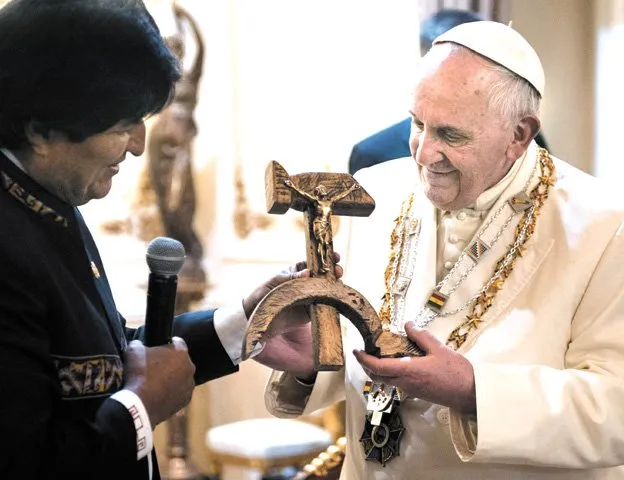

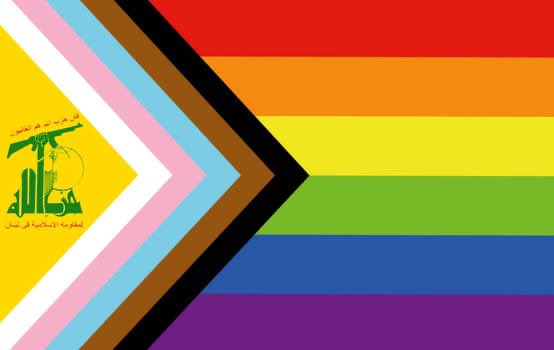


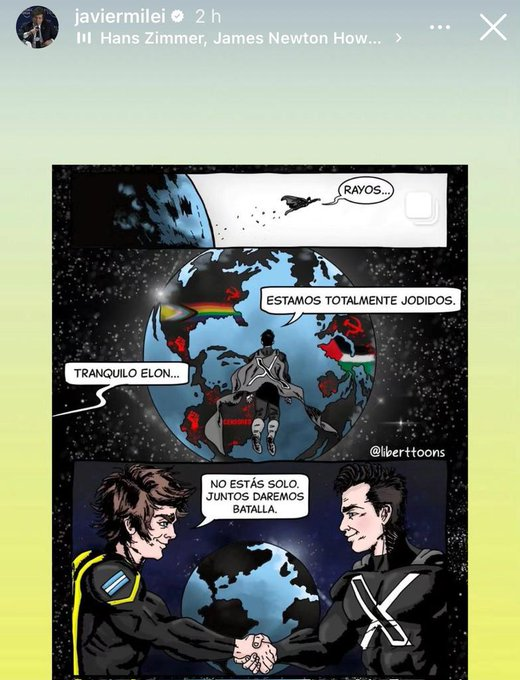


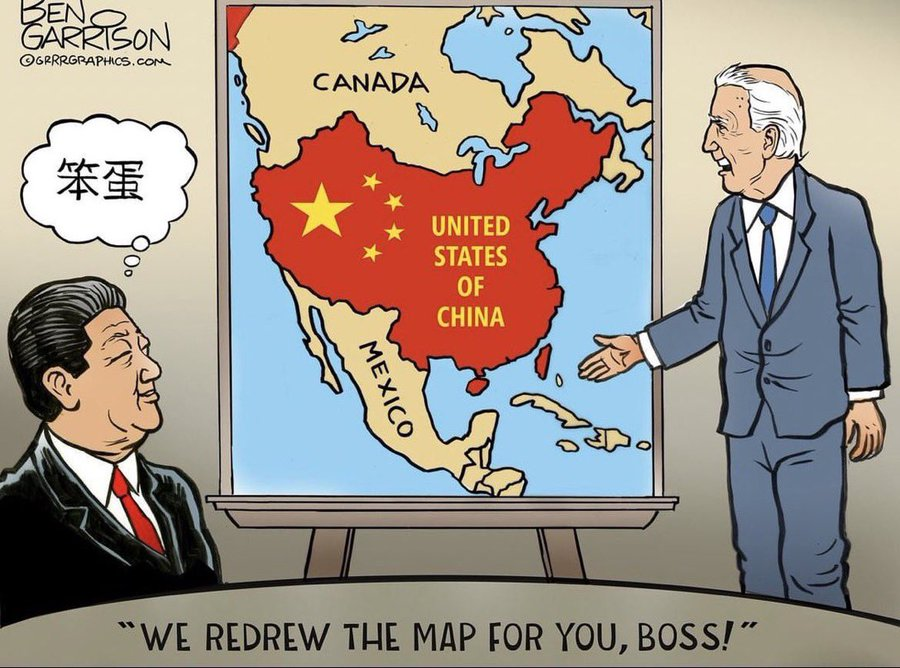
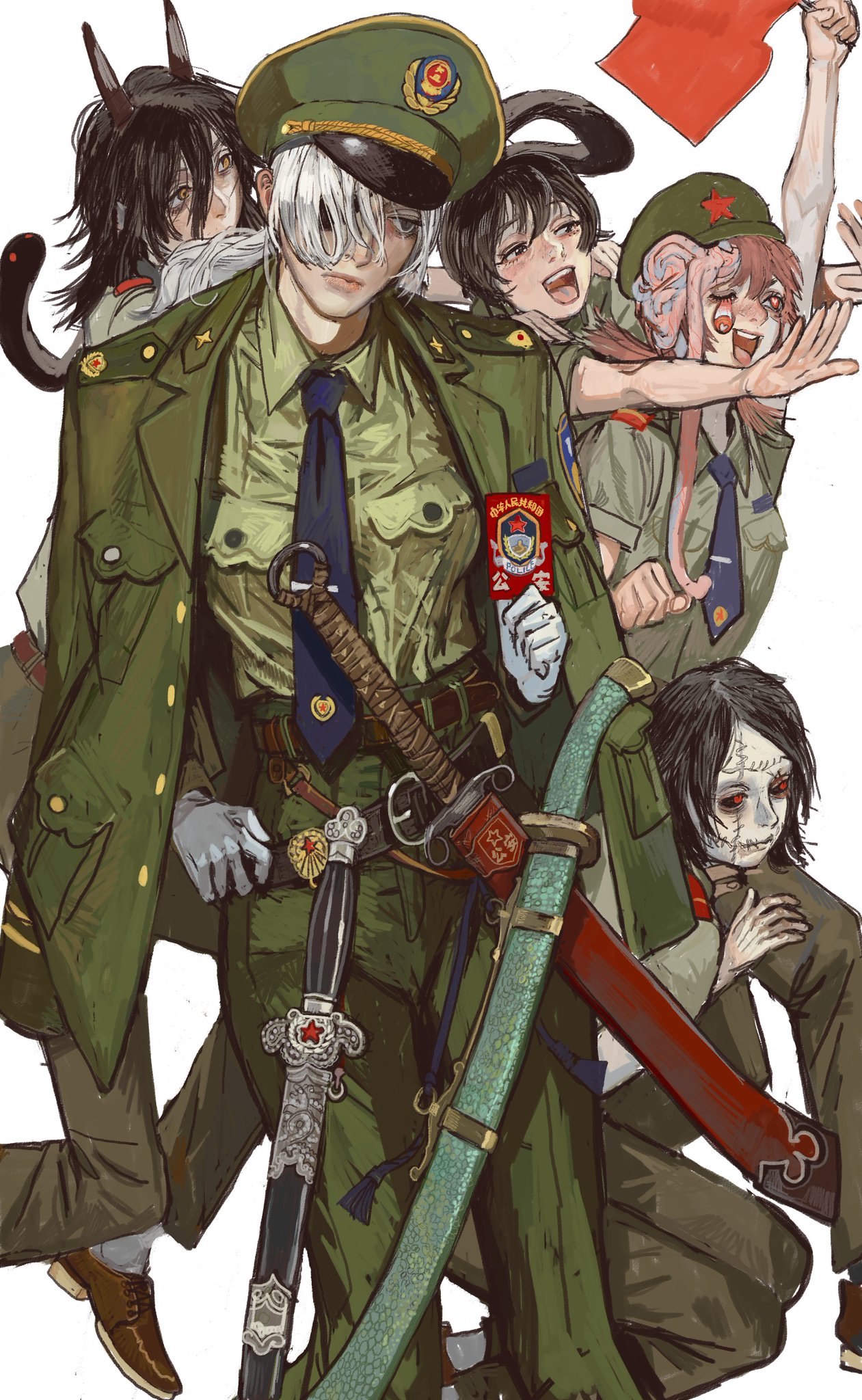
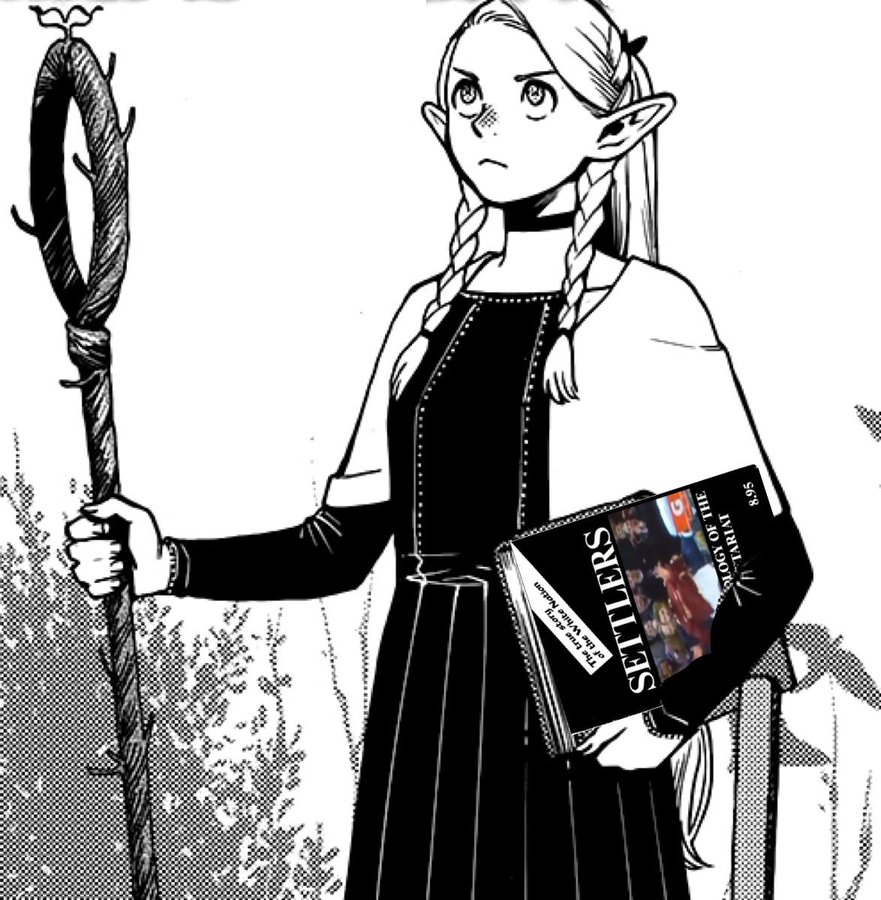
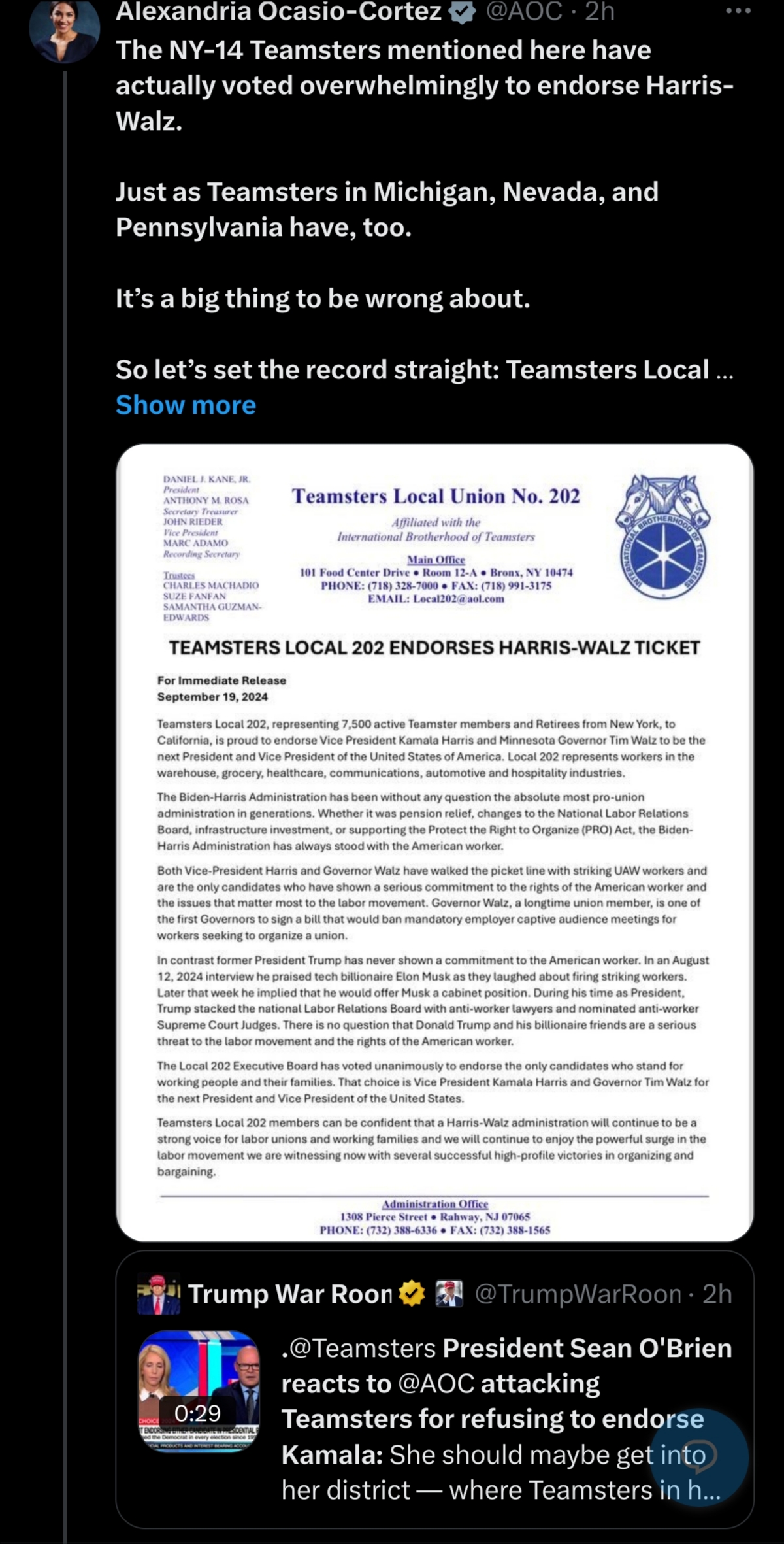
i do, it was fun, i kinda remember an episode were they lost some of the parts of the main robot so they had to used a bunch of parts from other robots to win them back